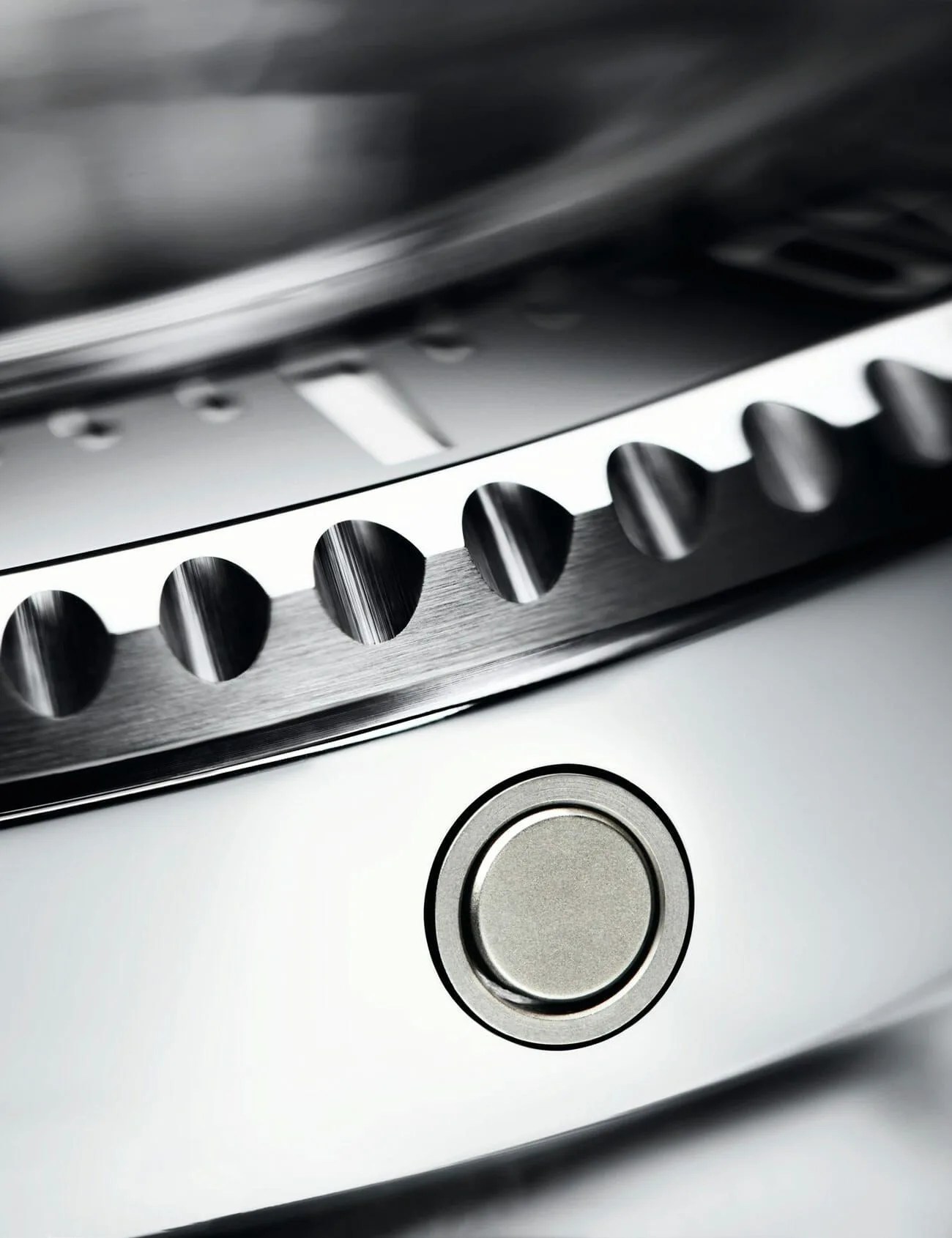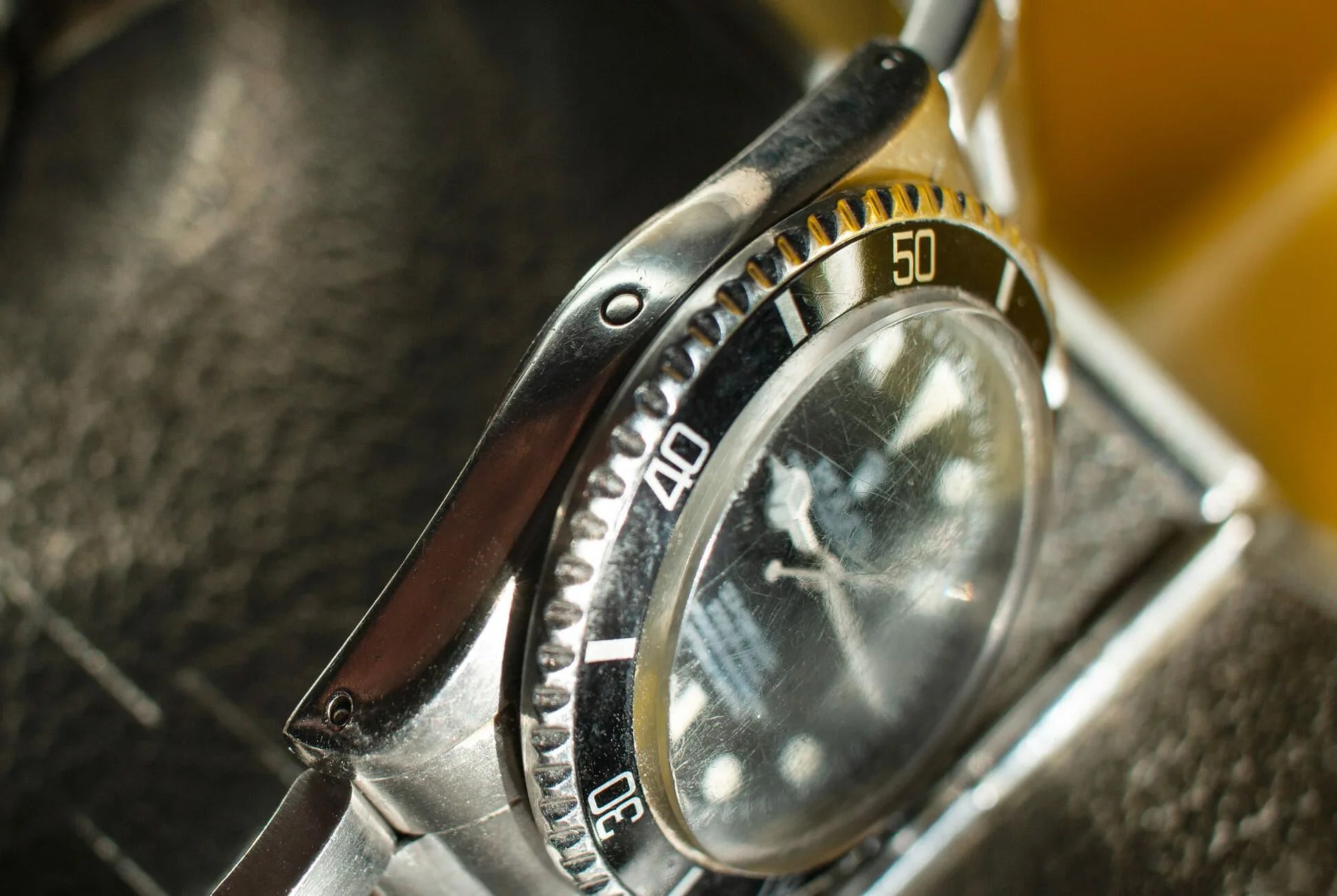Welcome to Further Details, a recurring column where we investigate what purpose an oft-overlooked product element actually serves. This week: the helium escape valve (HEV).
Like a screen door on a submarine, you wouldn’t think a hole in the side of your dive watch would be a good idea. So what’s it doing on your Rolex Sea-Dweller? Or Omega Seamaster? Or any number of other serious dive watches out there? That hole’s critical but very specific purpose originates in one of the most extreme and dangerous professions in the world.
Dive watches are popular among landlubbers and regular Joes for features that are seldom used, like extreme water resistance — but they simply wouldn’t be as badass without them. That little hole often found on the case side, the helium escape valve, is one of those aforementioned features.
When divers ascend toward the surface at the end of a dive, they have to do so slowly — in some cases needing to stop several times on the way. Before the advent of dive computers, these “decompression stops” were measured using the now-iconic dive watch-style rotating bezel. The reason divers need to “decompress” on the way up is to give the gasses in their blood (absorbed by breathing a compressed air mixture) enough time to properly dissipate — instead of dangerously manifesting in the bloodstream as bubbles like the ones you see form when opening a soda. (Only these soda bubbles can kill you.)
When commercial divers have to spend weeks on a job, however, it’s inefficient and impractical to decompress every day (it can take days to decompress after a “saturation” dive). Instead, after a working shift, they retire to a pressurized chamber, breathing a special mix of gasses in which helium replaces most of the nitrogen and offsets dangerous effects of pressurized oxygen. They’re transported from the depth of the worksite in a “bell” — which is also pressurized — to the chamber, which is nowadays usually located at the surface.
You can just imagine burly divers going between work and incredibly confined living quarters with space for little more than bunk beds — all the while talking like Mickey Mouse due to the helium they’re breathing. This is the lifestyle of a saturation diver, and it can last for a month or more.


